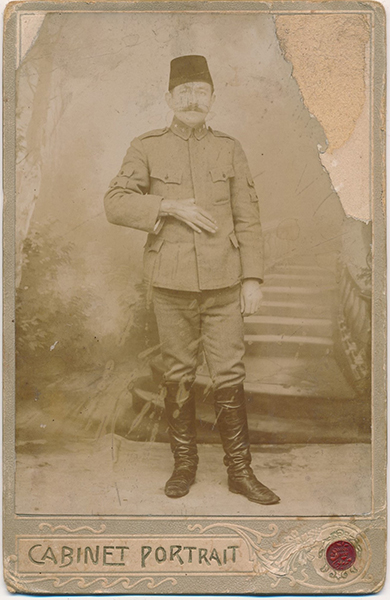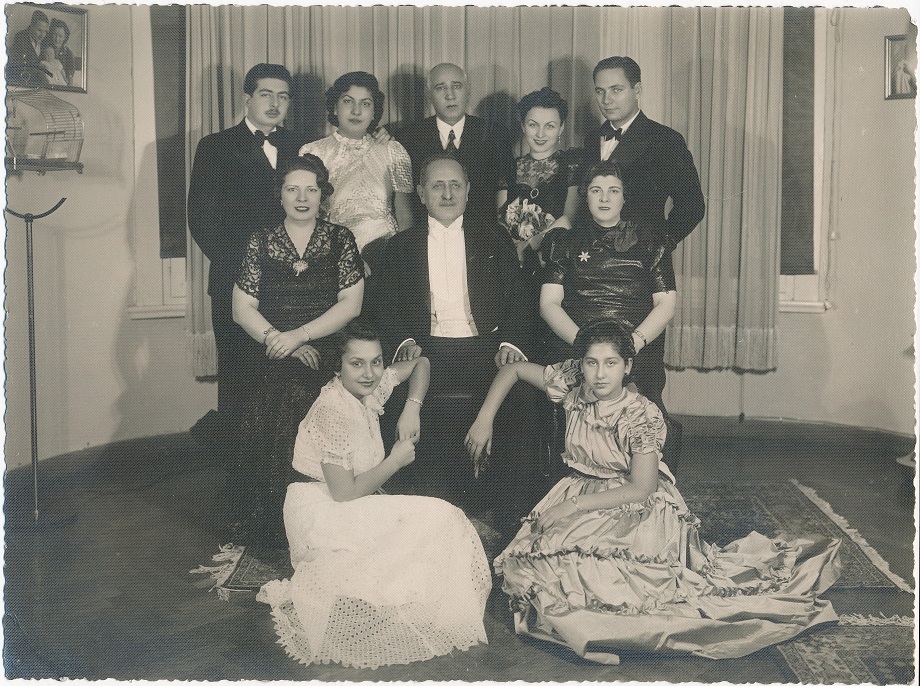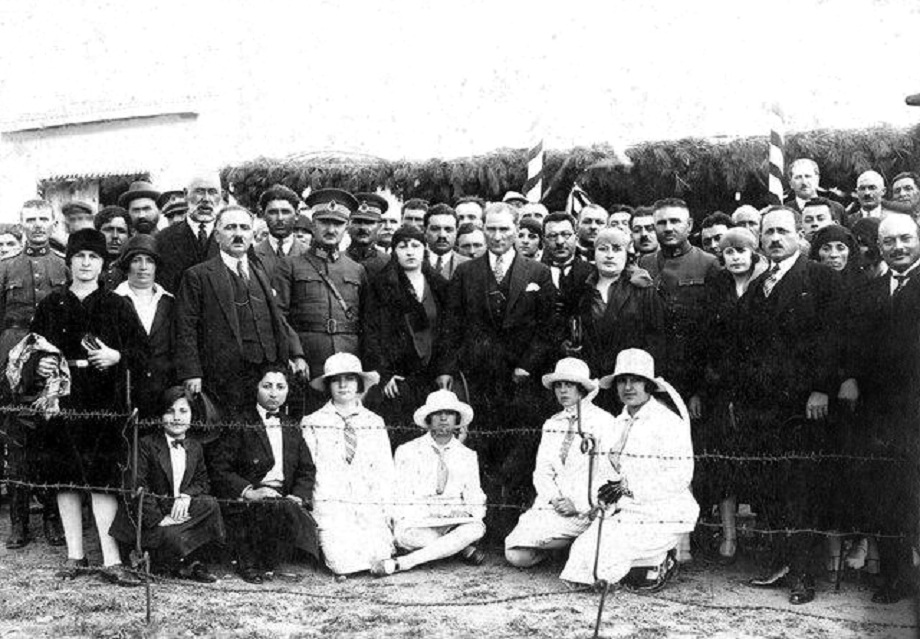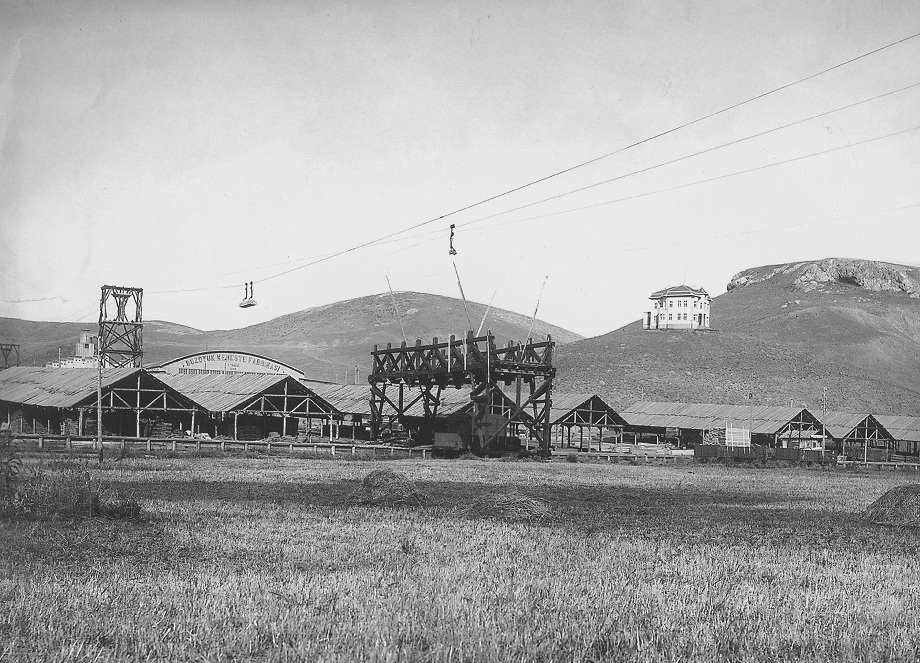
COLONEL İBRAHİM ÇOLAK
İbrahim Çolak, Turkish Soldier, Politician (B.Bursa, 1881-D.İstanbul, 1944)
Biography
He was born in Bursa in 1881. He was the son of Mustafa Bey. He started the military academy in 1898, graduated in 1901 and was appointed to the 5th Army. He joined the Ottoman Army, and in 1904 he was appointed to 3rd Army. Before the Second Constitutional Era, he entered the secret Organization of Union and Progress. As a result of a struggle with Hussein Sami, Manastır Police Inspector conducting research on the Organization of Union and Progress, he was injured by his friend from his right hand by accident and he was left one-handed (çolak) because he could not be cured.
He participated in gang battles during the Balkan Wars in 1912. In 1914, this rank was increased to major and he was assigned to the 177th Bridge Regiment Command. He led secret operations in Macedonia during World War I with this unit based in Bulgaria. Although he was arrested for a while during the truce, he was later released. He also organized the escape of Halil Kut and Talat Muşkara, who were arrested and imprisoned in the Bekirağa Squadron in İstanbul. At the beginning of National Struggle, he passed to Anatolia. At the start of the Turkish War of Independence, he established the 2nd Cavalry Battalion named 2nd Kuva-yı Seyyare and carried out successful services in suppressing the rebellions of Bolu, Düzce and Yozgat and the rebellion of Aynacıoğulları. After the Çerkez Ethem Rebellion, Kuva-yı Seyyare, who were led by him, was transformed into 3rd Cavalry Battalion and he was assigned as commander. Under his command, the 3rd Cavalry Battalion participated to 2nd Battle of İnönü. And he demonstrated great usefulness in Battle of Sakarya and The Great Offensive. He was awarded the War and Independence medals for his meritorious services during the War of Independence.
After retirement, he settled in Bozüyük with his wife İsmet Çolak and his son Ertuğrul Çolak. He was elected as deputy of Ertuğrul in 1923 and then deputy of Bilecik Deputy in 1927, 1931 and 1935 for three times. In 1924, he cofounded Bozüyük Sawmill, which was opened in May 1926, with the participation of Mustafa Kemal Atatürk, in 1931, he held all shares of the factory which provided 1600 employees to Bozüyük people.
He passed away on February 24, 1944. He was buried in Zincirlikuyu Cemetery. As he was Gazi Mustafa Kemal's close fellow soldier, the Kuva-y Seyyare commander who saved the county of Seferihisar, and owner of the Independence Medal with the red lane, his funeral transferred to the State Cemetery on November 29, 1989.
Education
He started the military academy on March 13, 1898, graduated on February 2, 1901.
Promotion Dates
Lieutenant on February 2, 1901,
First Lieutenant on April 25, 1904,
Lieutenant commander on April 24, 1907,
Squadron Leader on December 3, 1916,
Lieutenant Colonel on September 13, 1921,
Colonel on September 12, 1922.
Military Duties
After graduating from the Military Academy he was appointed to the Hassa Army.
Upon the 5th Army order on March 1, 1901, he was appointed to
On November 9, 1901, the 36th Regiment 3rd Battalion 4th Division,
On April 25, 1904 3rd Army 45th Aged soldiers Regiment 1st İzmir Battalion 2nd Division,
On August 6, 1904, 6th Division 3rd Hunter Battalion 1st Division,
On April 24, 1907 3rd Army 6th Shooter Battalion 1st Division,
On July 31, 1909 3rd Nizamiye Army Order,
On June 7, 1910 68th Regiment 3rd Battalion 12th Division (According to the new organization on December 4, 1911, this unit became the 54th Regiment 3rd Battalion.),
54th Regiment 3rd Battalion 10th Division
On February 12, 1914, he was dismissed and appointed to the Beylerbeyi Palace Guardianship.
On March 14, 1914, this guard was transferred to the gendarmerie so he was included in the gendarmerie. Upon his application, he was returned to his original class and received the 1st Army order on October 10, 1914. He worked at the Special Organization for a while.
On November 2, 1916, he was assigned to the 177th Bridge Regiment Command.
In 1917 he retired voluntarily.
In 1920 he joined the National Struggle. The cavalry squad called 2nd Kuvve-i Seyyare was established. This squad achieved significant success in the suppression of Bolu, Düzce and Yozgat riots.
At the beginning of 1921, the army under his command took the name of the Third Cavalry Division, was given under the Western Front Command and he was appointed to the command of this division. Under this title, he participated in the First, Second Battles of İnönü, Battle of Sakarya and the Great Offensive.
He retired on December 14, 1923.
Battles that he participated
1914 - 1918 the First World War,
1919 - 1922 War of Independence,
Achievement and Medals
War Medal
Independence Medal











